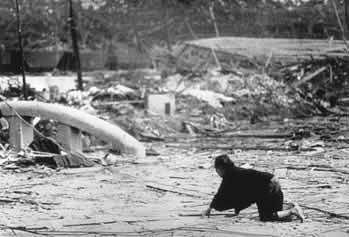Wednesday, August 12, 2009
Tuesday, August 11, 2009
Hiroshima : The Unseen Pictures
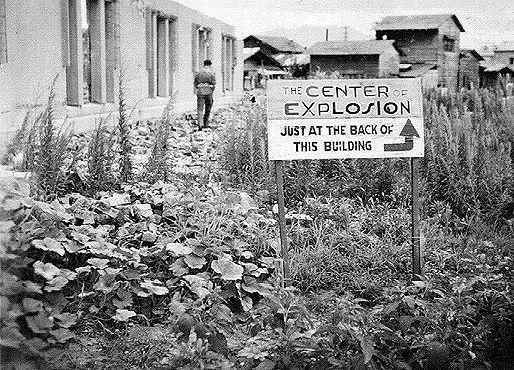 The Atomic Bombings of Hiroshima and Nagasaki killed about 250.000 people and became the most dreadful slaughter of civilians in modern history.
The Atomic Bombings of Hiroshima and Nagasaki killed about 250.000 people and became the most dreadful slaughter of civilians in modern history.However, for many years there was a curious gap in the photographic records. Although the names of Hiroshima and Nagasaki were incised into our memories, there were few pictures to accompany them. Even today, the image in our minds is a mixture of devastated landscapes and shattered buildings. Shocking images of the ruins, but where were the victims?
The American occupation forces imposed strict censorship on Japan, prohibiting anything "that might, directly or by inference, disturb public tranquility" and used it to prohibit all pictures of the bombed cities. The pictures remained classified 'top secret' for many years. Some of the images have been published later by different means, but it's not usual to see them all together. This is the horror they didn't want us to see, and that we must NEVER forget:
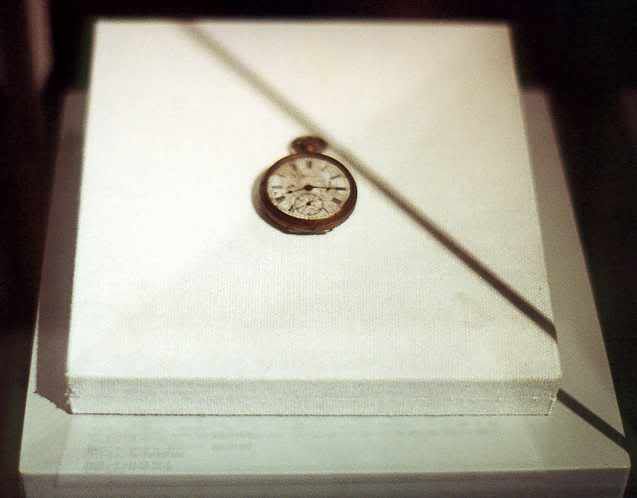
All the watches found in the ground zero were stopped at 8:15 am, the time of the explosion.
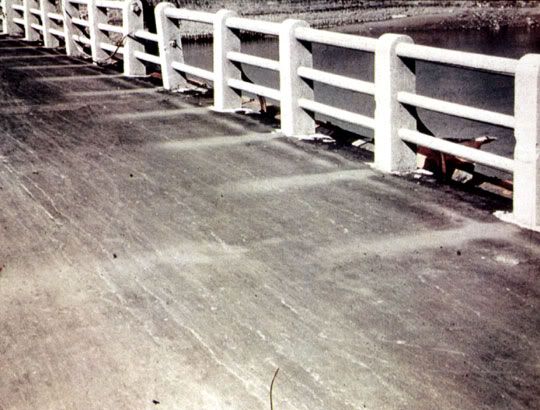

Within a certain distance from the site of explosion, the heat was so intense that practically everything was vaporised. The shadows of the parapets were imprinted on the road surface of the Yorozuyo Bridge, 1/2 of a mile south-southwest of the hypocenter. Besides, in Hiroshima, all that was left of some humans, sitting on stone benches near the centre of explosion, was their outlines.
The massacre
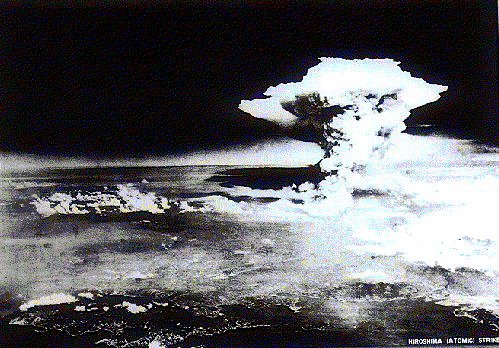
On August 6, 1945, 8.15 am, the uranium atom bomb exploded 580 metres above the city of Hiroshima with a blinding flash, creating a giant fireball and sending surface temperatures to 4,000C. Fierce heat rays and radiation burst out in every direction, unleashing a high pressure shockwave, vaporising tens of thousands of people and animals, melting buildings and streetcars, reducing a 400-year-old city to dust.

Beneath the center of the explosion, temperatures were hot enough to melt concrete and steel. Within seconds, 75,000 people had been killed or fatally injured with 65% of the casualties nine years of age and younger.

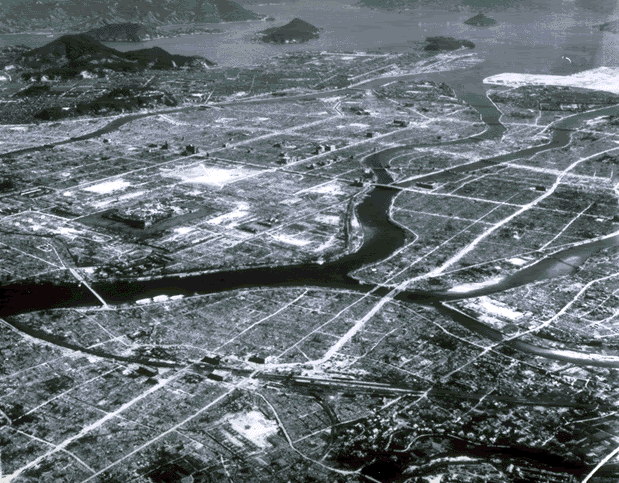
Radiation deaths were still occurring in large numbers in the following days. "For no apparent reason their health began to fail. They lost appetite. Their hair fell out. Bluish spots appeared on their bodies. And then bleeding began from the ears, nose and mouth".


This photograph shows an eyeball of an A-bomb victim who got an atomic bomb cataract. There is opacity near the center of the eyeball.


Many of them were fired from their jobs. Hibakusha women never got married, as many feared they would give birth to deformed children. Men suffered discrimination too. "Nobody wanted to marry someone who might die in a couple of years".



